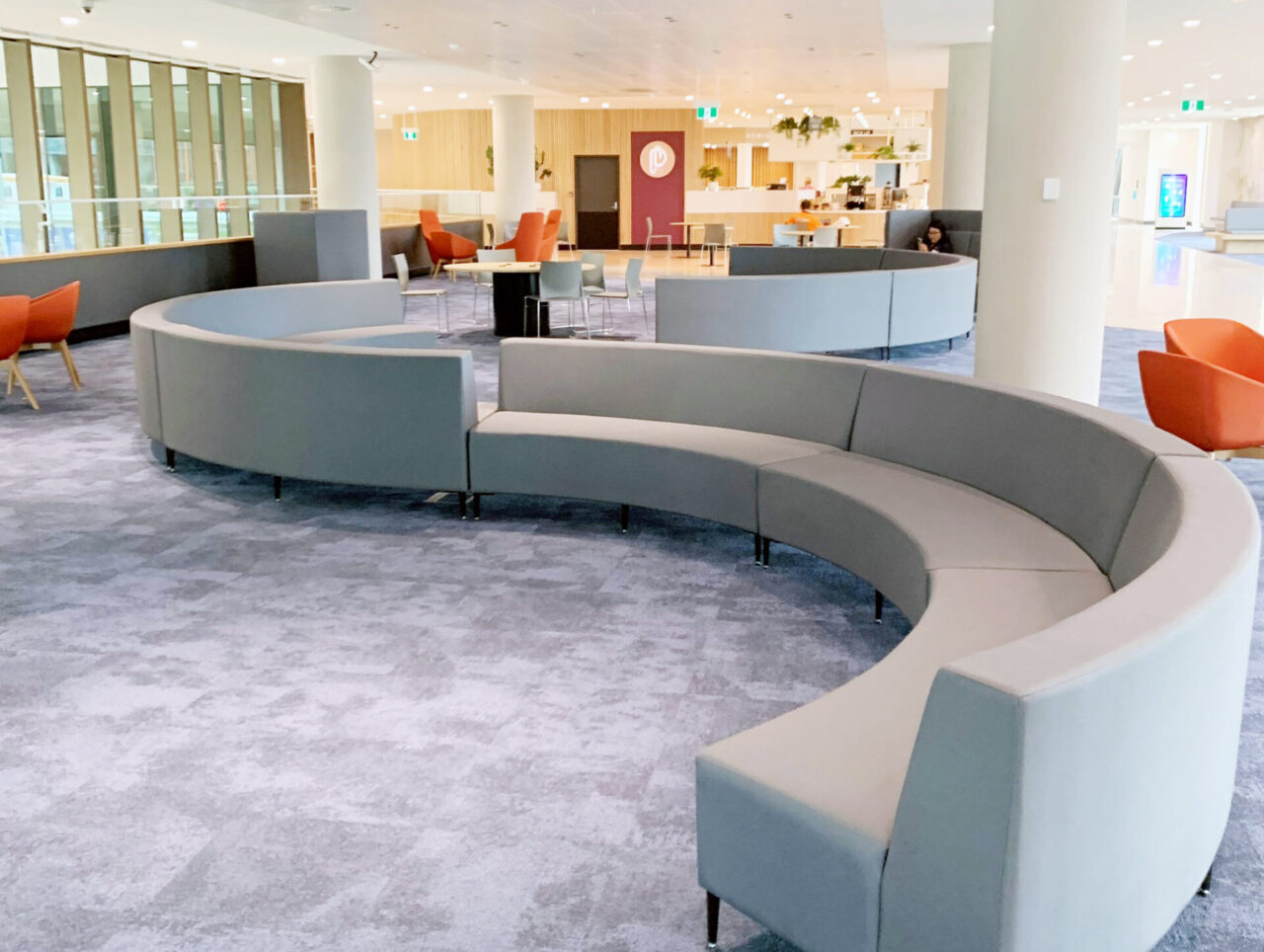When it comes to creating a functional and productive office space, one piece of equipment that often goes overlooked is the office chair. We spend a significant amount of our day sitting, whether it be in front of a computer, in meetings, or just working through a task list. Yet, many of us are guilty of using chairs that are not designed for optimal comfort and support.
The truth is, a comfortable and functional office chair is crucial to maintaining a healthy posture and preventing long-term discomfort and injuries. Poorly designed chairs can lead to back pain, poor posture, and fatigue, all of which can affect our productivity, work output, and overall well-being. In contrast, a good office chair provides support where it is needed, promotes good posture, and reduces tension in our muscles.
However, finding the perfect office chair is not always easy, and that’s why we are going to guide you in the process of choosing the right office chair to suit your needs and budget. Whether you are setting up a home office or upgrading your corporate space, investing in a comfortable and functional office chair is an investment in your health and well-being.
The Science of Sitting :
Sitting in a chair for long periods of time can have a significant impact on our posture and overall health. When we sit, the force of gravity pulls us forward, which can cause our shoulders to round, our head to jut forward, and our lower back to lose its natural curve. This results in poor posture, which can lead to a number of problems, including:
- Back Pain: When we sit with poor posture, the muscles in our lower back have to work harder to keep us upright, which can lead to pain and discomfort.
- Neck and Shoulder Pain: When our head juts forward, it can put added strain on our neck and shoulders, leading to pain and stiffness.
- Fatigue: When our muscles have to work harder to maintain poor posture, we can become fatigued more quickly, which can affect our productivity.
- Poor Circulation: Poor posture can also restrict blood flow, leading to poor circulation and a lack of oxygen to the brain.
A good office chair, with the correct posture, can help to reduce the risk of these problems. An ergonomic chair that is designed to support the natural curvature of the spine can help to maintain a healthy posture and reduce strain on the muscles. Sitting in an ergonomic chair will help you to sit up straight, relax your shoulders, and distribute your weight evenly. Proper lumbar support can help to keep the lower back in its natural curve, reducing pressure on the spine. Also, an adjustable chair can help you to find the perfect seat angle and height, which can enhance your posture and prevent injury.
It’s important to note that it’s not only about the chair, but also the habits, regular breaks and stretching during the day can also make a big difference.
Key Features in a Good Office Chair :
A good office chair should be comfortable and functional, in order to promote good posture, reduce strain, and improve overall health. Key features of a good office chair include:
- Adjustable height: A chair that can be adjusted to the right height is important for maintaining good posture. The chair seat should be at a height that allows your feet to be flat on the floor, with your hips higher than your knees.
- Adjustable seat depth: A good office chair should have an adjustable seat depth, which allows the user to adjust the distance between the back of the knee and the front of the seat. This helps to ensure that the back of the knee is properly supported, which can reduce pressure on the thigh muscles and improve circulation.
- Lumbar support: Proper lumbar support is crucial for maintaining a healthy posture, especially when sitting for long periods. The lumbar support should be adjustable to fit the natural curve of the lower back and provide support in the right place.
- Adjustable armrests: Armrests provide support for the shoulders and arms, and also help to keep the shoulders in a relaxed position. Armrests should be adjustable so that the user can find the most comfortable position.
- Tilt function: The tilt function allows the user to recline in the chair, which can help to reduce pressure on the lower back and promote good posture. Tilt tension adjustment can help the user to adjust the tilt resistance to their bodyweight and task.
- Quality of materials: The quality of materials, such as the type of upholstery, mesh, and foam, can affect the comfort and durability of the chair. Look for chairs with breathable, comfortable upholstery and a sturdy frame to ensure long-term use.
- Wheelbase and movement: A sturdy wheelbase and smooth movement are important to ensure stability and maneuverability. Look for chairs with five-star wheelbase, which can provide stability, and easy movement to reach different parts of your work area.
Keep in mind that the needs of each person may vary and a good office chair should be adjustable to fit individual users, so they can get the most benefit from it.
Types of Office Chairs :
There are several types of office chairs available, each with its own unique features and benefits. Some of the most common types include:
- Task Chairs: These chairs are designed for use at a desk or workstation and typically have adjustable height, seat depth, and lumbar support to promote good posture. Some also have adjustable armrests and headrests.
- Executive Chairs: These chairs are typically larger and more luxurious than task chairs, with more padding and higher backs. They are designed to be comfortable for longer periods of time and are commonly used in executive offices.
- Mesh Chairs: These chairs have a breathable mesh back that provides support and ventilation, which can keep the user cool and comfortable. They have become increasingly popular in recent years due to their modern design and good value for money.
- Adjustable Standing desks: Standing desks are becoming a popular option for ergonomic seating, they come in different styles, and can be adjusted to the perfect height for the user, allowing them to switch between sitting and standing positions.
- Guest Chairs: Guest chairs are typically smaller and less expensive than task chairs, and are intended for visitors or occasional use. They are typically simple in design and less adjustable.
In conclusion, investing in a comfortable and functional office chair is crucial for maintaining a healthy posture, preventing discomfort, and increasing productivity in the workplace. Various types of office chairs are available on the market such as task chairs, executive chairs, mesh chairs, adjustable standing desks, recliner chairs, saddle chairs, and guest chairs, each of which offers unique features and benefits. When selecting an office chair, it’s important to take into consideration your specific needs, body type, posture, and budget. It’s recommended to try out different options and adjust it to your preferences for maximum comfort and support. Remember, choosing the right office chair is an investment in your health and well-being, so make sure to select the one that is perfect for you.
If you need help selecting the perfect office chair, please don’t hesitate to reach out to us. We are here to provide you with information and guidance to help you find the right chair to suit your needs and budget. You can contact us here. We’d be happy to help you find the perfect office chair to promote your comfort, health, and productivity at work.




